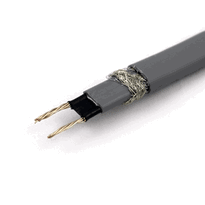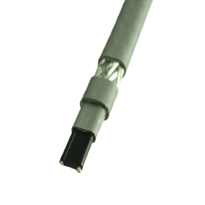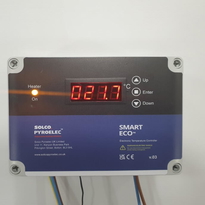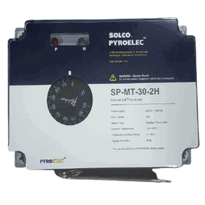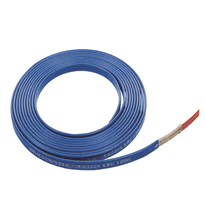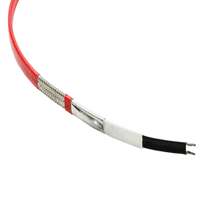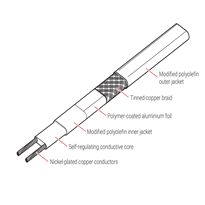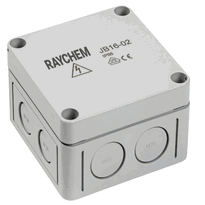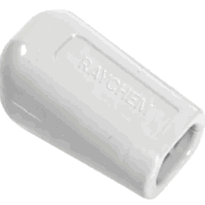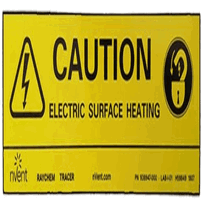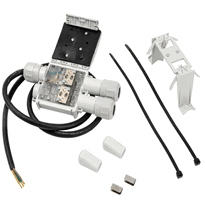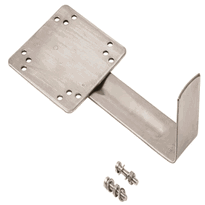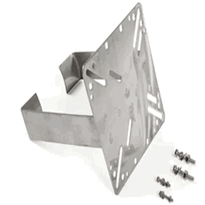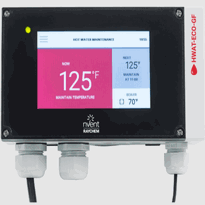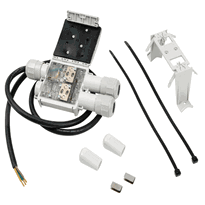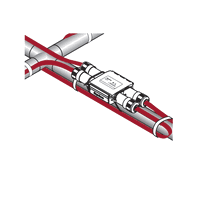Heat Tape With Insulation
Heat tape with insulation combines active heating elements and thermal barriers to efficiently manage and sustain system temperatures, thereby reducing heat loss or heat gain. It incorporates various insulation materials such as foam, fiberglass, or mineral wool, selected based on parameters like temperature resistance, durability, and specific application needs.
Selecting the appropriate insulation involves considering maximum temperature exposure, insulation thickness, and surface compatibility to optimize safety and energy efficiency. Further details explain how different types of insulation and installation practices can maximize performance across a range of applications, ensuring reliable and efficient temperature control.
Overview of Thermal Insulation Tape for Heat Applications
Thermal insulation tape for heat applications is a specialized material designed to manage and control heat transfer in various industrial, commercial, and domestic systems. It's engineered to provide efficient thermal management by minimising heat loss or gain, ensuring that temperature-sensitive components operate within optimal ranges. This type of tape helps improve energy efficiency and system performance across multiple sectors. These tapes are available in multiple types, including double-sided, single-sided, foam, heat-resistant, and thermal break foam tapes, each suited for specific purposes such as bonding heat sinks, insulating pipes, or filling gaps. They possess high adhesive strength, excellent thermal conductivity, durability under environmental stresses, and conformability to irregular surfaces. Additionally, understanding the fire resistance of insulation materials is crucial for maintaining safety standards in various environments.
Key Features and Benefits of Heat Tape With Insulation
Heat tape with insulation provides significant benefits in thermal management by effectively minimizing heat loss and maintaining consistent surface temperatures. It combines active heat generation with passive thermal retention, promoting energy efficiency and cost savings.
Its insulation materials are designed to withstand a range of temperature conditions, making it suitable for demanding environments. The insulation helps to retain heat close to pipes or equipment surfaces, reducing cold spots and thermal gradients. They also help in preventing heat transfer to surrounding areas, avoiding thermal bridging that can lead to energy inefficiencies.
Key features include
- Resistance to high temperature fluctuations, ensuring durability in challenging environments
- Mechanical protection against abrasion and physical damage, extending product lifespan
- Moisture and chemical barriers that prevent corrosion and degradation
- Fire-resistant options enhancing safety and reducing fire hazards
This well-rounded design improves system reliability, boosts energy efficiency, and ensures safe, consistent operation across a variety of applications. Such features contribute to a sense of confidence and security within both industrial and residential settings.
Types of Insulation Materials and Their Suitable Uses
Insulation materials vary widely in their composition, performance characteristics, and suitable applications. Selecting the appropriate type depends on the specific requirements of each project.
Fiberglass insulation, made from fine glass fibers, provides excellent thermal resistance. It's commonly used in walls and loft spaces because of its affordability and ease of installation. However, it's advisable to wear protective gear during handling to avoid skin irritation.
Cellulose insulation, produced from recycled paper and treated with fire retardants, offers effective thermal performance, soundproofing, and durability. It's suitable for filling wall cavities and lofts, contributing to energy efficiency in buildings.
Mineral wool insulation, which is derived from natural minerals or industrial by-products, offers high thermal resistance, superb fire resistance, and moisture resistance. These qualities make it ideal for thermal and acoustic applications, particularly in areas requiring enhanced fire safety standards.
Polystyrene foam, available in expanded (EPS) and extruded (XPS) forms, is lightweight and resistant to moisture. It's often used in foundations, external walls, and roof insulation due to its favorable insulating properties and durability. Its structural stability makes it an excellent choice for supporting weight in certain applications.
Natural fibre insulations, such as those made from denim or hemp, are eco-friendly options suited for sustainable building initiatives. They typically have moderate thermal resistance and are easy to handle, making them suitable for projects prioritizing environmental considerations. Additionally, sustainable building practices increasingly favor such eco-conscious materials.
When choosing insulation materials, it's important to consider not only thermal performance but also fire safety, moisture resistance, and environmental impact to ensure the most appropriate choice for each application. Environmental impact is increasingly prioritized in material selection, encouraging the use of sustainable and recyclable options whenever feasible.
Factors to Consider When Choosing Heat Tape with Insulation
When selecting heat tape with insulation, it's crucial to evaluate a range of factors that influence performance, safety, and energy efficiency. Key considerations include matching the maximum exposure temperature to your application conditions to prevent premature failure.
It's also important to select the appropriate temperature classification—such as T2, T3, T4, or T6—to ensure the product is suitable for the environment.
Insulation thickness plays a vital role; a balanced thickness helps retain heat effectively while avoiding unnecessary wattage consumption. Proper insulation can maximize energy efficiency and reduce operating costs in the long run. Visualising the insulation coverage is important: consistent thickness prevents the formation of hot spots, which can cause uneven heating or damage.
Additionally, the insulation must be durable enough to withstand environmental conditions such as moisture, chemical exposure, and physical wear. The longevity of the insulation materials is essential to maintain optimal performance over time.
Compatibility with surface materials is essential to prevent degradation or damage over time.
Electrical ratings shouldn't be overlooked—ensuring the heat tape’s voltage and current specifications align with your electrical supply safeguards safe operation.
Proper installation and ongoing maintenance are equally important to optimise performance and longevity. Thicker insulation can delay heat transfer more effectively, which is especially important in environments with rapid temperature cycling or where precise temperature control is required.
Conclusion
Selecting the appropriate heat tape with insulation requires careful consideration of insulation type, power rating, temperature range, and application environment. Proper evaluation of these factors ensures effective and energy-efficient performance, prolongs product lifespan, and maintains safety standards. By understanding the specific requirements of the heating task and the properties of different insulation materials, users can make informed decisions that optimise functionality and durability. This systematic approach provides reliable, safe, and efficient heating solutions tailored to specific needs.








